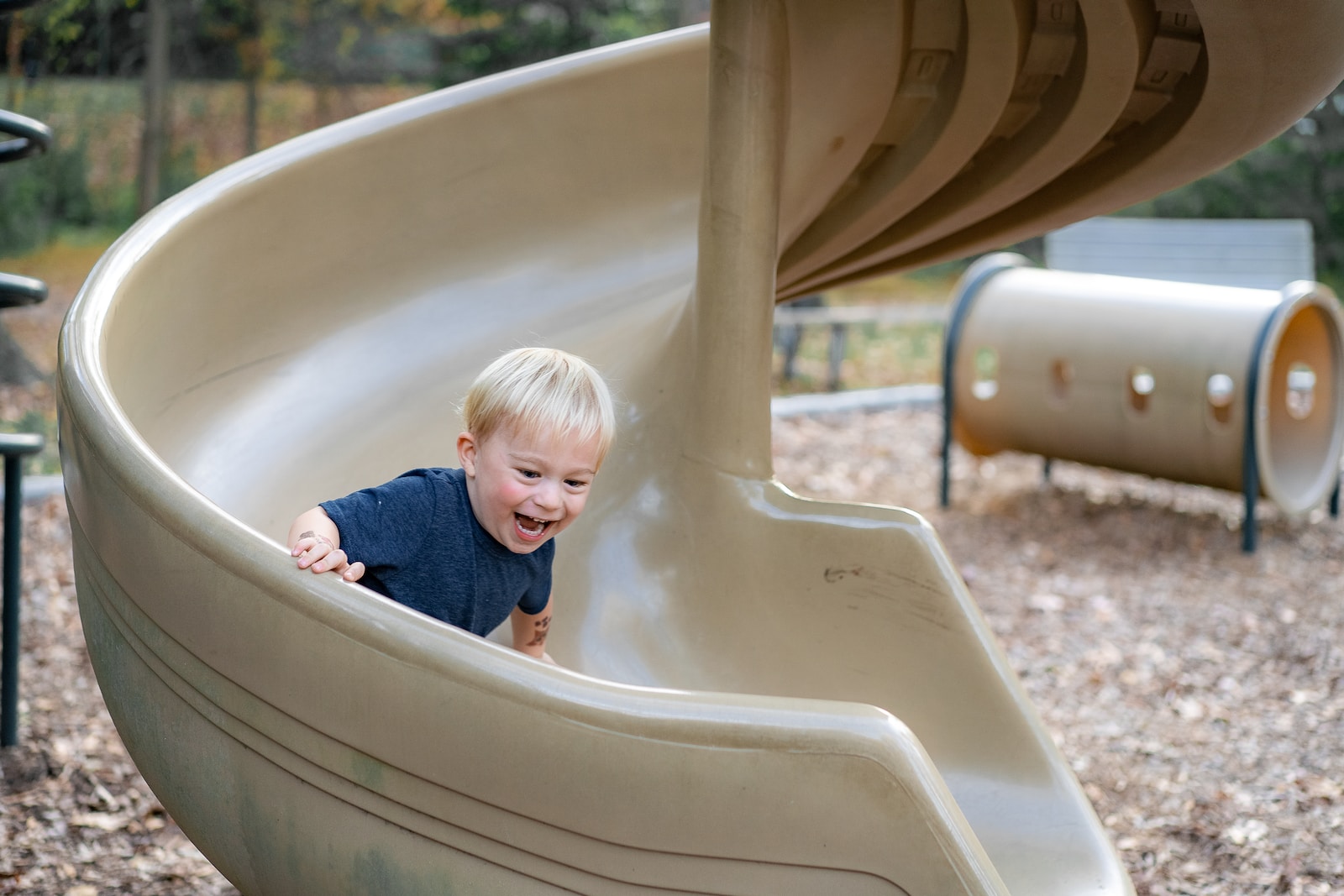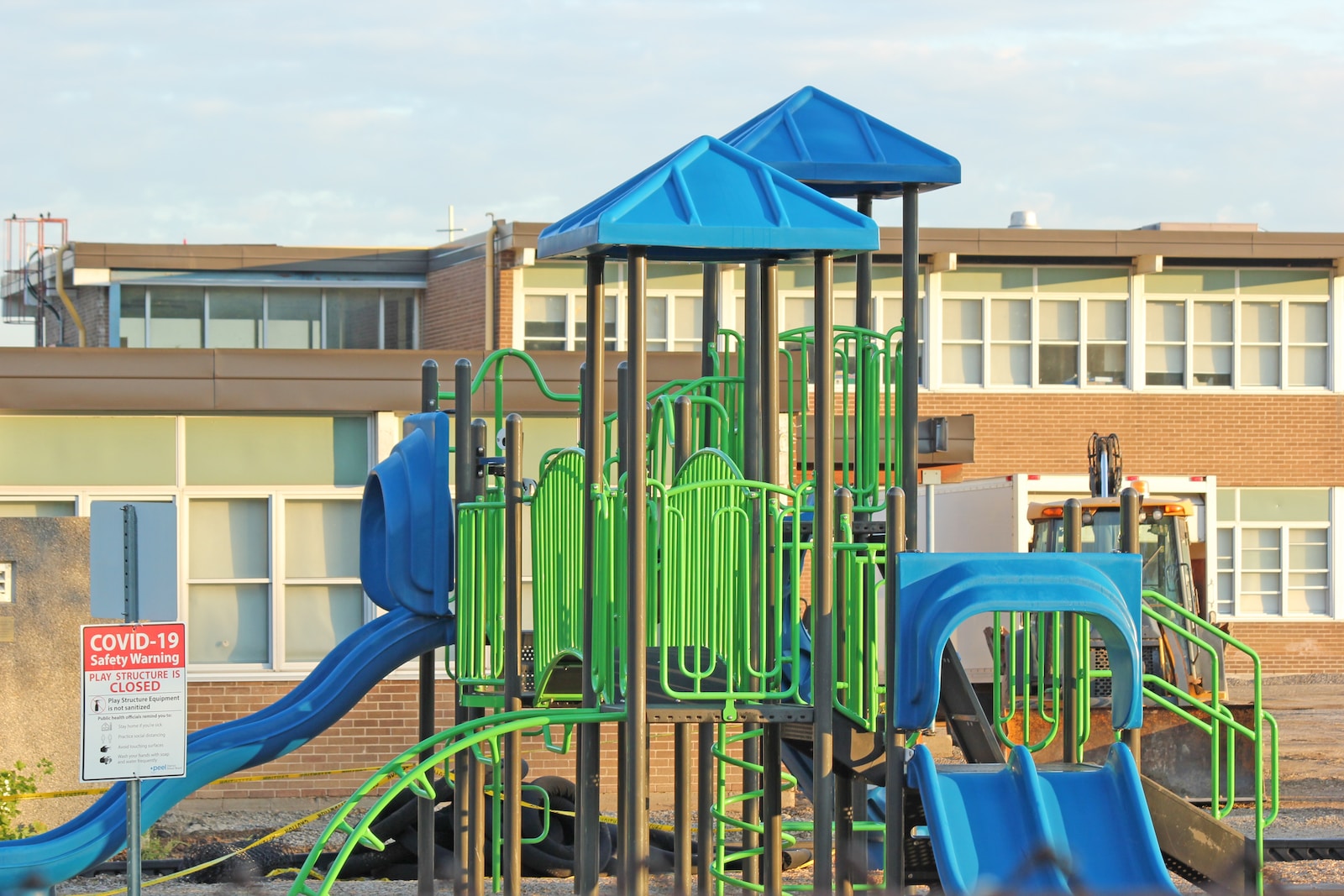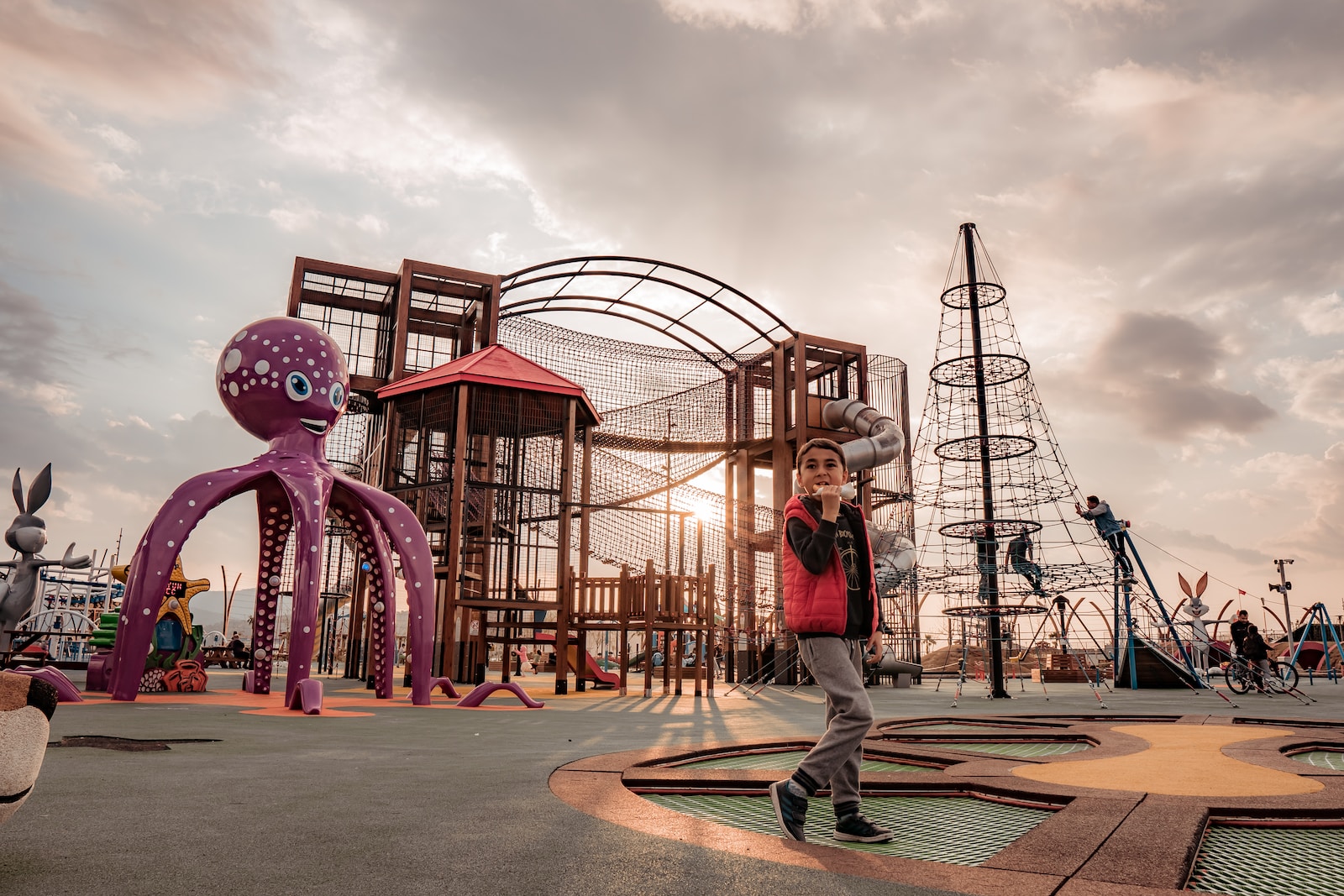Abstract
Parks typically offer opportunities for physical activity among children. Therefore, understanding features of parks that attract children is important for public health. Previous research suggests that children often visit parks other than the one closest to home, most likely because of appealing features. This study compared features present at the park children visit most often to those present at the park closest to their home.
Parents in Melbourne Australia (2014–15), reported the park their child (9–11 years) visits most often. Mapping tools were used to determine park locations, sizes, and walking distances from home. The most frequently visited park and the closest park to home were audited (using a purposely created audit tool) to capture levels of access, amount of play/sport and comfort facilities, and quality and safety.
Most children (59 %) usually visited parks that were not closest to home. Parks that children (n = 86) visited most often were significantly larger (3.9 ha vs 2.7 ha) and further away (1675 m vs 325 m) than the park closest to home. Additionally, they had significantly more sports facilities, playground equipment, toilets, drinking fountains, BBQ’s and landscaping.
Our findings provide evidence that children are attracted to parks with particular facilities, and parents/guardians may be willing to travel further if necessary. A better understanding of the features that drive park usage will help inform park planning and design.
Journal: Urban Forestry & Urban Greening
Year: 2020



